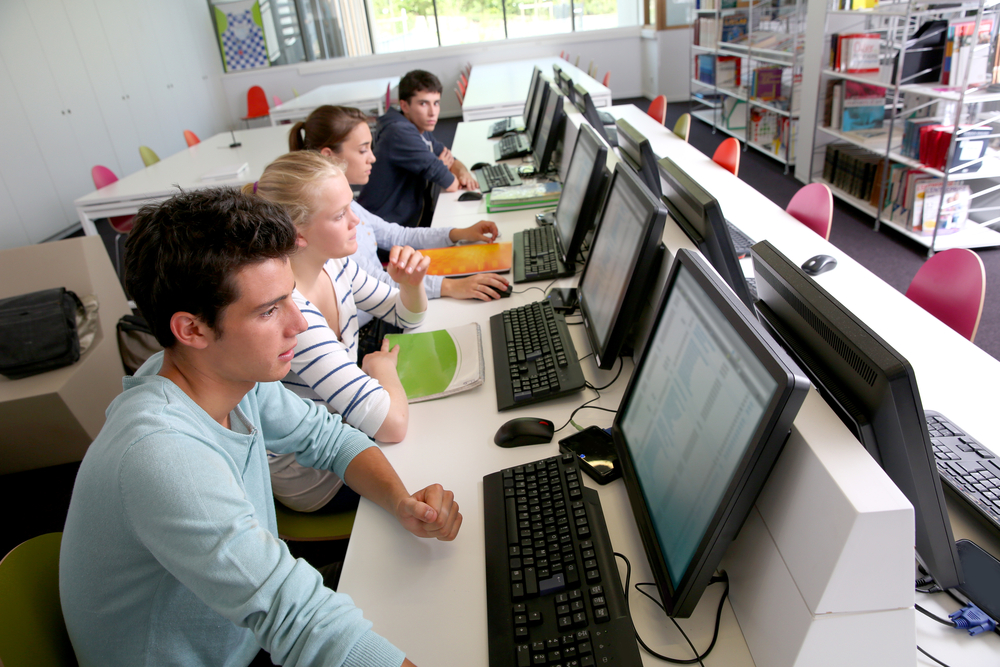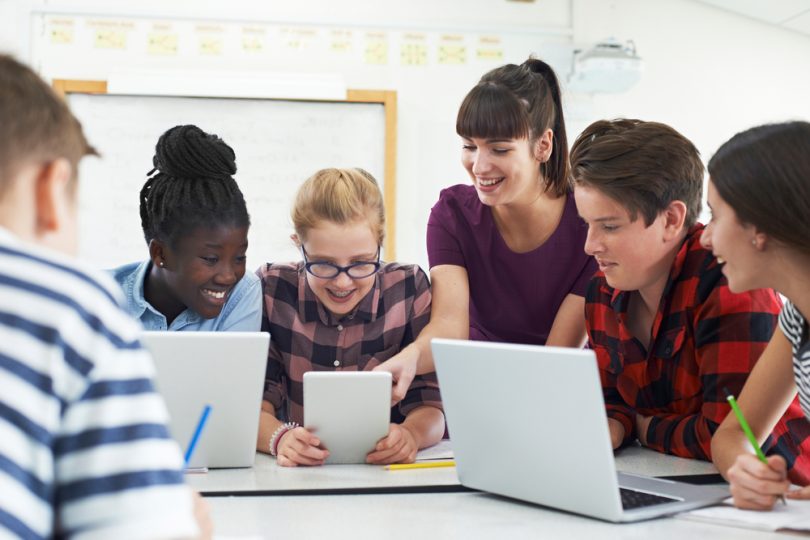Technology is an unavoidable part of learning and education in today’s time, but teachers may struggle to incorporate the right ed-tech into their lessons and may wish to maximize its use for the benefit of students of every aptitude.
Here are some tips to sensibly maximize technology as it is utilized in the classroom and to pick and choose ed-tech initiatives that will have the most appeal and use:
1. Encourage Educational Browsing
Giving assignments that encourage students to perform extensive research and access material apart from their textbooks is a great learning opportunity, and it also allows them to use the internet in a highly selective manner rather than on pointless browsing.
Apart from the use of the internet to access learning materials, using an interface like Moodle, for example, means that homework assignments are posted and updated on that platform, and students must keep track of them by themselves.
A greater sense of responsibility is kindled, and there is ultimately less dependence on parents to get homework done.
The other main benefit of using interfaces like Brightspace or Moodle is that it enables students to get organized in their school tasks rather than manually noting them down in a notebook or app.
Accessibility, especially when it comes to automatic reminders, can pave the way for a more organized and productive student regardless of the many subjects they have.
2. Pointers For Learning
For many years now, PowerPoint has been a formidable tool for giving lectures and encouraging discussion amongst students of any grade level or age group.
All over the world, students of every age have had great success communicating their ideas and presentations through the tools offered by PowerPoint.
Graphics, animation, audio clips, video clips, bullet points, and other resources can be shared easily through slides and provide students with the opportunity to ask questions or have meaningful discussions with their teacher or peers.
The role of interactive educational games should not be discounted when it comes to improved retention amongst students with the incorporation of technology.
Games are a fairly easier medium to digest, even for pupils who have difficulty concentrating.
In many educational games, the names can be kept anonymous, or there can be group activities amongst classmates with the results being compared afterward.
Interactive games also offer a non-competitive edge to academic learning that may not be possible with standardized testing, which many students routinely find themselves ill-equipped for.
3. What You Can See
Visual mediums are very powerful, which is why virtual reality has made a vastly beneficial entry into classroom learning in the form of educational simulations and virtual field trips, among other interactive exercises, to boost learning.
However, at the same time, children learn very well with physical 3-dimensional models as well as 3-D printing on objects of daily use or for school projects, as can be done with a 3d vacuum heat press.
If schools make this kind of investment in the classroom, children will have a lot more opportunities to print concepts onto objects of daily use like t-shirts and mugs and have many educational activities with the right props.
Theatre is a brilliant way to learn a range of subjects from literature to history and philosophy, and 3D printing, done well, can help in making props, backdrops, and other objects.
4. Individual Devices
If the school can afford it, it is a great idea to have individual tablets for each student that are synced to a mainframe controlled by the educator or the school administration.
Not only does it aid synergy and organization, but it can also be a central database where assignments, grades, feedback and so forth are uploaded and can be individually accessed.
Individual devices offer privacy as well, so a student that struggles with certain subjects are not sharing a tablet with another student who is proficient, creating a gap between them.
Individual tablets used in the classroom or from home in the form of a virtual classroom make it easier for a teacher to give individual attention to each student and keep an eye on their skills, progress, and rate of improvement outside of group activities and assignments.
5. Technology And Learning Styles

Technology can be used to great effect for experimenting with different teaching methodologies to suit a range of learning styles.
One single educator may have difficulty reacting and adapting to each student’s learning style, but a solid, holistic ed-tech program can create opportunities for greater understanding and collaboration between teachers and parents and teachers and students.







